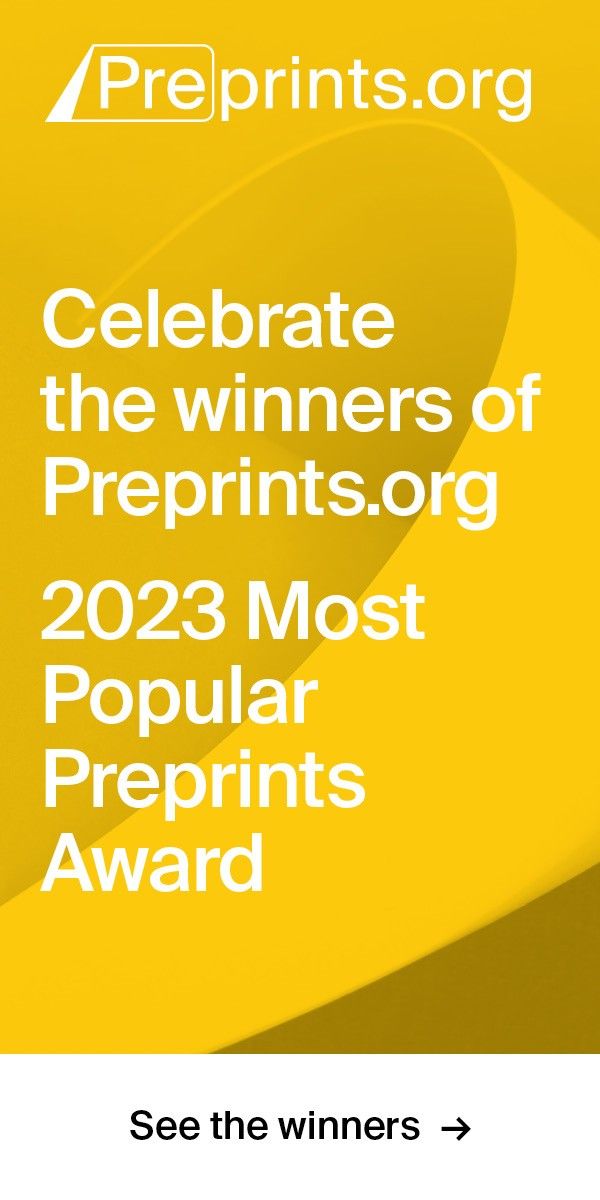Historical, Technological, Biochemical and Microbiological Aspects of Pastırma, an Ethnic Meat Product from Asia to Anatolia: A Narrative Literature Review
Version 2 : Received: 28 October 2024 / Approved: 28 October 2024 / Online: 28 October 2024 (14:23:39 CET)
How to cite: GÜNGÖREN, A. Historical, Technological, Biochemical and Microbiological Aspects of Pastırma, an Ethnic Meat Product from Asia to Anatolia: A Narrative Literature Review. Preprints 2024, 2024092149. https://doi.org/10.20944/preprints202409.2149.v2 GÜNGÖREN, A. Historical, Technological, Biochemical and Microbiological Aspects of Pastırma, an Ethnic Meat Product from Asia to Anatolia: A Narrative Literature Review. Preprints 2024, 2024092149. https://doi.org/10.20944/preprints202409.2149.v2
Abstract
Pastırma is an ethnic meat product defined as dry-curing, drying, pressing the whole muscles of cattle and buffalo, and coating them with a special paste containing fenugreek seed flour, garlic, milled red capia pepper, and water. In this narrative literature review, historical aspects of pastırma, its definition and classification, detailed production steps, composition and yield, chemical and microbiological properties, pastırma fraud and customer concerns are mentioned. In the shape of the narrative review, relevant studies were identified by searching Scopus, Science Direct, Web of Science, Trdizin, and Google Scholar Search included English- or Turkish-based articles, online reports, books, and electronic books. The keywords "pastırma, pastirma, çemen, cemen, cemening, cemen paste, Fenugreek" were used. The results of this review indicate that future studies on pastırma may focus on related cultural aspects, elimination of unpleasant odour from fenugreek, histological and chemical effects of pressing meat parts, kinetics of drying, osmotic dehydration, and developing new starter combinations.
Keywords
Subject
Copyright: This is an open access article distributed under the Creative Commons Attribution License which permits unrestricted use, distribution, and reproduction in any medium, provided the original work is properly cited.
Comments (0)
We encourage comments and feedback from a broad range of readers. See criteria for comments and our Diversity statement.
Leave a public commentSend a private comment to the author(s)








